“In 1969, Geography (and History) was removed from the National Curriculum both in the primary schools and in the lower forms (Forms 1-3) in secondary schools.
“The resultant lack of geographical knowledge may well be to blame—at least in part—for the thoughtless treatment of the physical environment which produces pollution and floods.
“[…] Nowadays, the population gets this information by accessing Google in times of stress. But this is not knowledge that we should access only in a crisis; it should constantly be infused in the population as useful everyday information. That can be done by teaching Geography from an early age. ”
The following guest column was submitted to Wired868 by former Trinity College (Moka) principal Michael Clarke, who was also in Curriculum Development at the Ministry of Education and Chief Examiner for CSEC Geography until 2016:
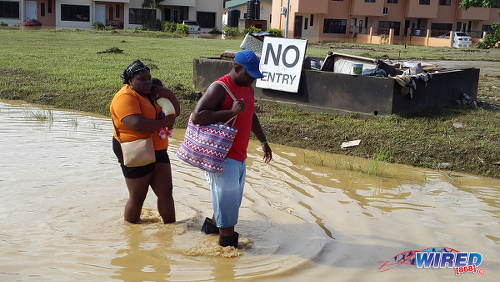
(Copyright Annalicia Caruth/Wired868)
Sixty years ago, primary school students were taught about the Trade Winds, the Horse Latitudes and the Doldrums. They knew about our two seasons, Wet and Dry, for planting and harvesting and knew the rhyme about the hurricane season. They also knew the physical geography of the West Indies.
Nowadays, over 90% of secondary school graduates know virtually nothing about these things. They also know little or nothing about geography—be it the geography of Trinidad and Tobago in particular or of the Caribbean in general. Unaware of an important 1969 decision, grandparents probably still assume that their grandchildren know at least what they had learnt in their time in primary school.
The awful 1969 decision involved the dropping of Geography (and History) from the National Curriculum. The subject was removed from the syllabus both in the primary schools and in the lower forms (Forms 1-3) in secondary schools. The resultant lack of geographical knowledge may well be to blame—at least in part—for the thoughtless treatment of the physical environment which produces pollution and floods.
The remedy requires two steps.
Step One has to be to restore Geography as a core subject from primary school up to Form 3 in secondary schools, difficult though that may be. Step Two is filling the geographical awareness void by constant public education.
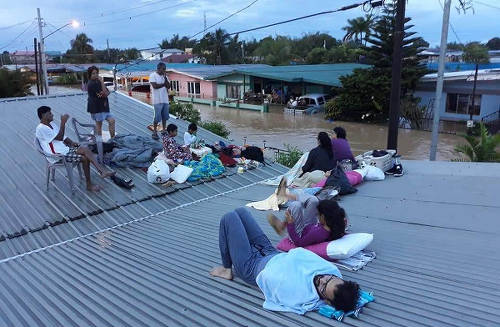
These two steps would be similar to those taken in the USA in 1970. Conscious of the need to give citizens increased awareness of their role in influencing the environment, American authorities decided to reintroduce Geography and make it a core subject.
Having considered Environmental Studies, they opted for Geography, which had been dropped in 1948 after a casual but negative comment from the President of Yale University on the nature of the subject.
In most developed countries, Geography is a core subject from primary school. Here in T&T, however, we had dropped it after consultants from the USA advised us to do so. Ironically, the American Government was at that time taking steps to bring it back into their National Curriculum.
In 2014, we started to make a change by introducing one period of Geography per week in Forms 1-3 as part of a cluster called Social Sciences; the shortage of Geography teachers, however, has hindered the programme. Nevertheless, one period per week is not enough, the hidden message in the timetable being that it is not an important subject.
The importance of Geography is that it helps the population to understand among other things what produces our weather. It is the only discipline that integrates the Natural and the Human Sciences. Without that integration, the other disciplines remain largely inert blocks of knowledge.
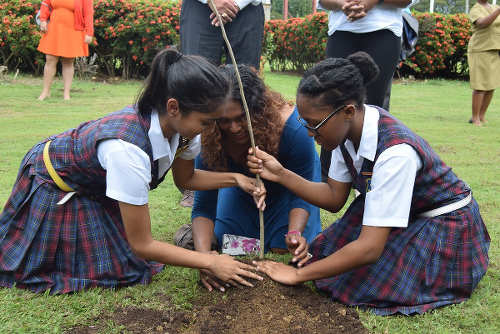
Geography provides the mortar that bind the blocks into a strong wall of knowledge. In a Venn diagram, Geography has its core and overlaps all the other discipline sets.
In concrete terms, citizens need to know what a drainage basin, a flood plain and a levee are. They need to be able to make the links between the different elements. They need to understand that lagoons and swamps are parts of a drainage system and need to be protected; that clearing the hillsides can lead to flooding in the lowlands unless arrangements are made to hold the water back.
While we can go online and read about the Inter-Tropical Convergence Zone (ITCZ), each of us should really have that information as part of our general knowledge.
We should understand that the ITCZ which lies near to the Equator in the Western Hemisphere is where the moist NE Trades and SE Trades meet in the Doldrums. They are forced to rise, giving rain beneath. With the passage of the sun, the zone migrates north and south. Its northern edge is what in the main gives us our rainy season.
Last week, instead of driving steadily south, it went into park over Trinidad and Tobago. Where we generally have it above us for a day or two at most, last weekend on this occasion it stayed over us for all of five days.

The rain varies in intensity within the zone from none to thunderstorm and in duration from a few minutes to six or more hours of heavy rain and also in spatial distribution which is unpredictable (so far). Thus, in Tobago, rivers in spate flooded villages and the gentle King’s River waterfall became a roaring torrent.
On the Caroni Plain, there was continuous, heavy rain. The water could not drain away fast enough so the whole north-eastern and central part of the plain was under water. In the northwest of the country, there were milder conditions.
The north-eastern coast of Trinidad had really heavy rainfall and towns and villages there were cut off as bridges and even parts of the road were washed away.
Greenvale is built in the floodplain, just off the north bank of the Caroni River, east of Piarco, west of Sangre Grande and south of Arima. Floodplain boundaries are identified by periods—annual, five-year, ten–year, etc. Within recent times, that area had not been flooded so it was thought to be safe.
As a precaution against extra-heavy rainfall, however, a retention pond was built nearby. But the weekend’s rains proved too much. It seems that the flooding was made worse as the levée was breached; it had been weakened by people who, ignorant of its function, took material from it to use as fill.
Water cannot get back into the river once the levee is breached; it has to flow alongside it to a low point or be pumped over it.
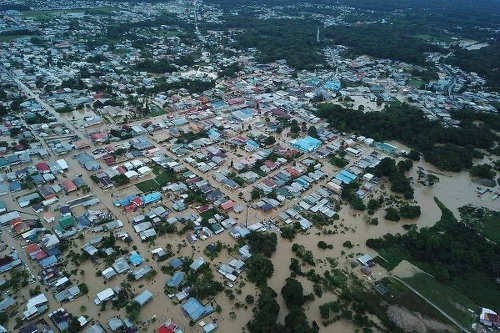
Nowadays, the population gets this information by accessing Google in times of stress. But this is not knowledge that we should access only in a crisis; it should constantly be infused in the population as useful everyday information. That can be done by teaching Geography from an early age.
If we had had British, Australian or Canadian consultants in 1969, we would not have had this unfortunate dearth of geographical knowledge. Consultants tend to use their home as a model and none of these countries has ever dropped Geography.
So we now have to copy the strategy used by the USA to correct the error. In the short term, it would help if geographical information is presented to the public whenever possible.
In newspapers and the television news, for instance, diagrams and maps should be used far more often to illustrate phenomena and processes such as the ITCZ and to show the location of the item/incident/crime. That would help build a sense of place and place names like Greenvale would have more meaning for the ordinary citizen.
The major religions use the full moon to fix the dates of the major festivals such as Easter, Eid-ul-Fitr and Divali. But how many people can recognize or explain the four phases of the moon? Is television currently any help in that regard?
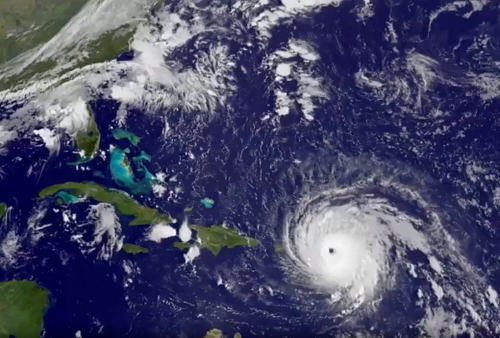
(Copyright CBC News)
In the long term, bringing back Geography in the National Curriculum from the primary level is the way to go. We can start by using GIS technology to make students develop a sense of place. That task will be made somewhat easier now that, in response to a 2000 request from the Curriculum Development Division, the St Augustine Campus of The UWI offers Geography.
With any number of issues of a geographical nature facing us nowadays—earthquakes, volcanoes, climate change, population migration, to name only four—we all need to be better informed about how our environment really works. That seems to call for Geography to be taught from primary school and as a separate subject in the lower forms in secondary schools; and not just for a single period!
However, because many of the current policy makers, having been schooled after 1969, have no idea of what Geography truly is all about, there may well be resistance.
The Canadians made the case in this pamphlet:
http://www.cangeoeducation.ca/programs/geoliteracy/docs/importance_in_curriculum.pdf
We need only substitute “Trinidad and Tobago” for “Canada.”
 Wired868 Wired868 for smart sport news and opinion
Wired868 Wired868 for smart sport news and opinion



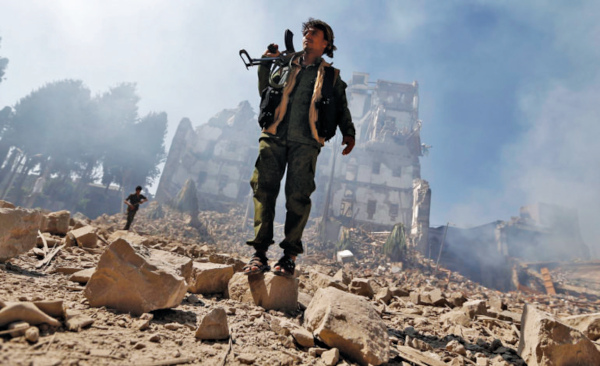




Just don’t bring it back the same old way it was being taught because that was not necessarily a successful model…
From the author, Michael Clarke:
1. The National Curriculum dropped Geography from 1969. It then took some time to be phased out with some Principals deliberately NOT dropping it in the lower school, if they had staff. So the new schools like the Junior Secs, which took 80% of the 11+ cohort did not have Geography. The Assisted Secondary schools which enjoy fairly stable staff were able to resist. Even QRC and St. George’s College did too. But all the others with Sixth Forms, CIC, Trinity College, Hillview, SAGHS, BAHS, the Convents, especially St. Joseph Convent San Fernando, enjoying qualified Geography Teachers and offered Geography from Form 1.
However, as teachers retired there were no replacements other than for Social Studies for teachers in the lower forms. Sister Wharff at St. Joseph Convent San Fernando, one year recruited 5 Trinidadians as soon as they graduated from Mona, so other schools could not get graduates that year. She defended her strategy to me by the argument that her school has a strong tradition in Geography from Form 1 and she aimed to preserve it.
At Trinity, I taught from Form 3 up. When we got big enough to have a Vice Principal, Mr. Nicholls employed another Geography graduate with the additional graduate he had allocated (Assisted schools had 2/3 graduate and 1/3 non-grad allocated. That may still be so). When I became Principal, I could not get a Geography graduate for months. The teacher who came went on family leave after three years because her husband was posted to Texas by a State Owned Company, Petrotrin, and I was back in a pickle. Now Geography Teachers and History teachers can teach Social Studies but not vice-versa so Social Studies could be introduced but when no Geography graduates are available you are forced to conform to the National curriculum. A staff audit is done when you ask for more teachers as the school population may have increased and your offering a different menu to the NATIONAL curriculum would not wash.
You see the 1969 15-year plan was to have all 11+children go to Junior Secs and after 3 years one-third were to move on to Senior Secs. In that model no Geography was to be offered in Forms 1 – 3. The existing schools were to be converted to one or the other.
The Churches said no way and QRC old Boys objected to QRC becoming a Senior Sec. The Ministry had to abort implementing the plan fully. (There was a further departure in 1974 when the first Jun Sec students were to graduate and Oswald Downer advised the parents that only one third would move on. The protests (In the minds of parents, Secondary Schooling in our culture is five years) led to “Cabinet” deciding that every one would go forward. That permitted the “prestige schools” to offer Geography from Form 1 for many years after but they only had 10% of the 11+ cohort. That is why people who went to such schools are not aware of the dearth of geographical knowledge in the society. They think their schooling was the norm. If they are involved in making policy decisions, they may may make the wrong decisions if they do not get the data.
2. Social studies was introduced to the Primary schools in 1970 and was tested in Common Entrance soon after. I am not sure of the exact date when Geography was no longer taught as a subject. Social Studies being an amalgam of History, Geography, Civics and Social Issues just became the norm. In the Social Studies 11+ exams, when it was still being tested, the “geographical” items of the question paper had the worse response. The Teachers’ Colleges now offer Geography as an “Elective” not as a core subject.